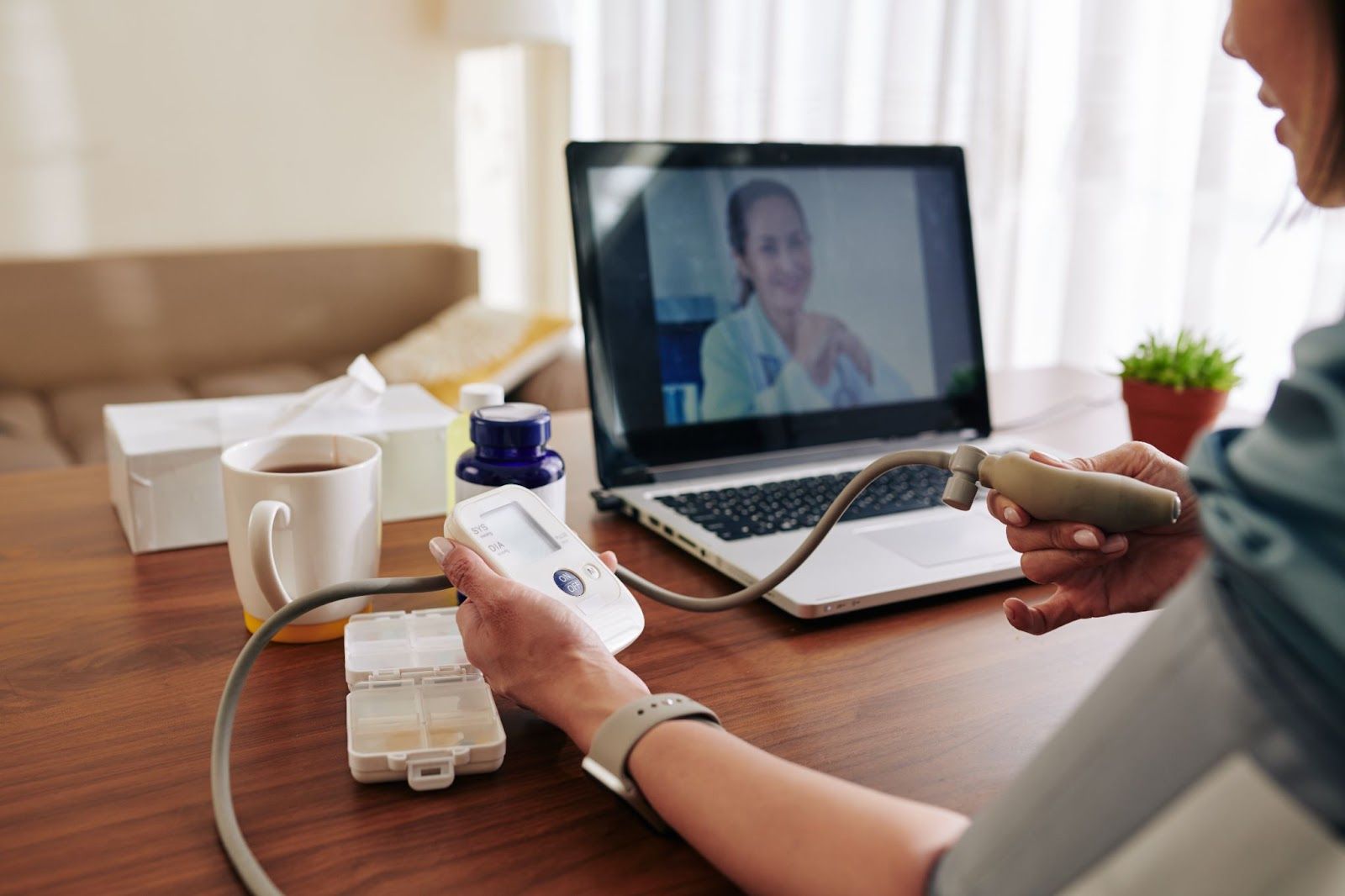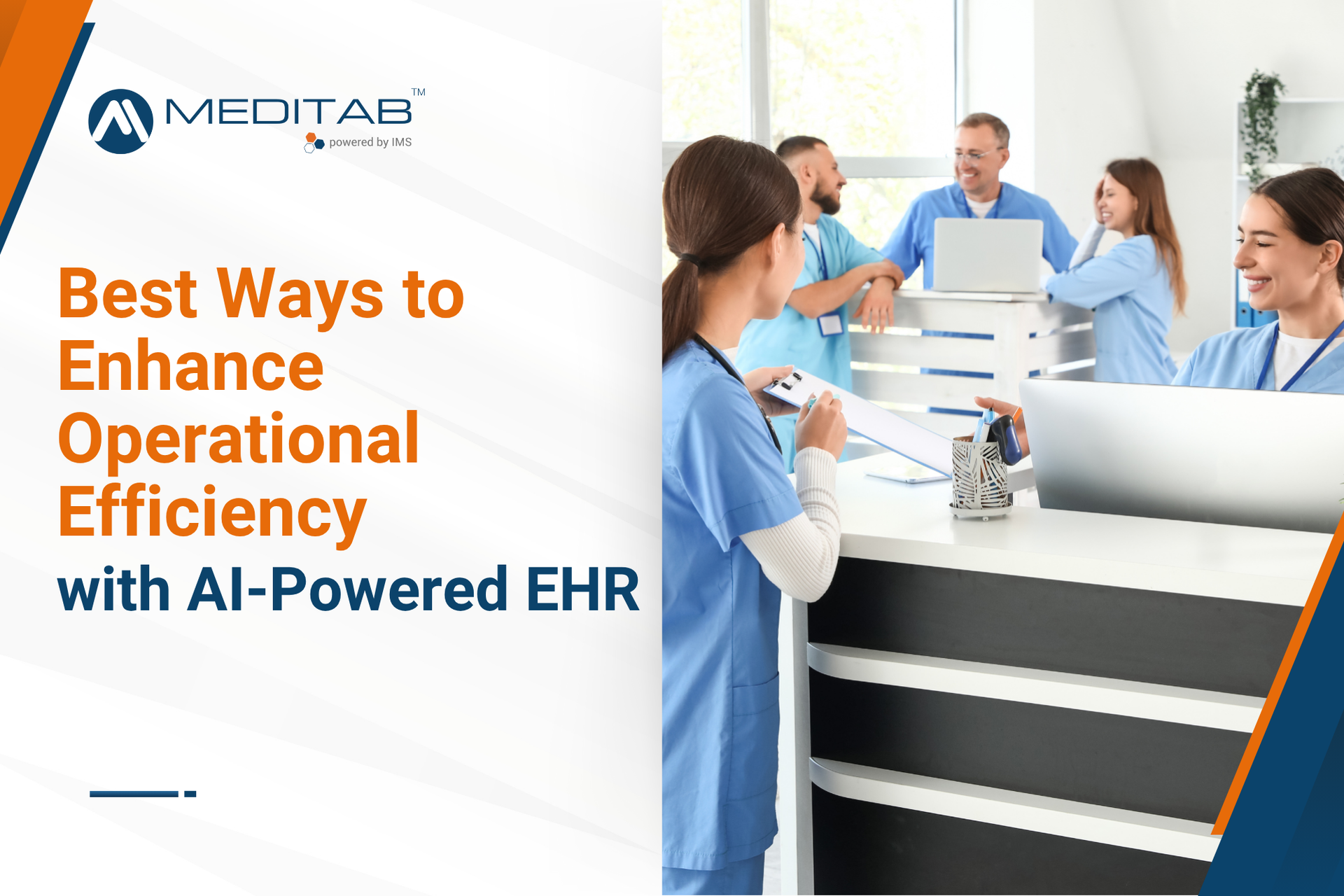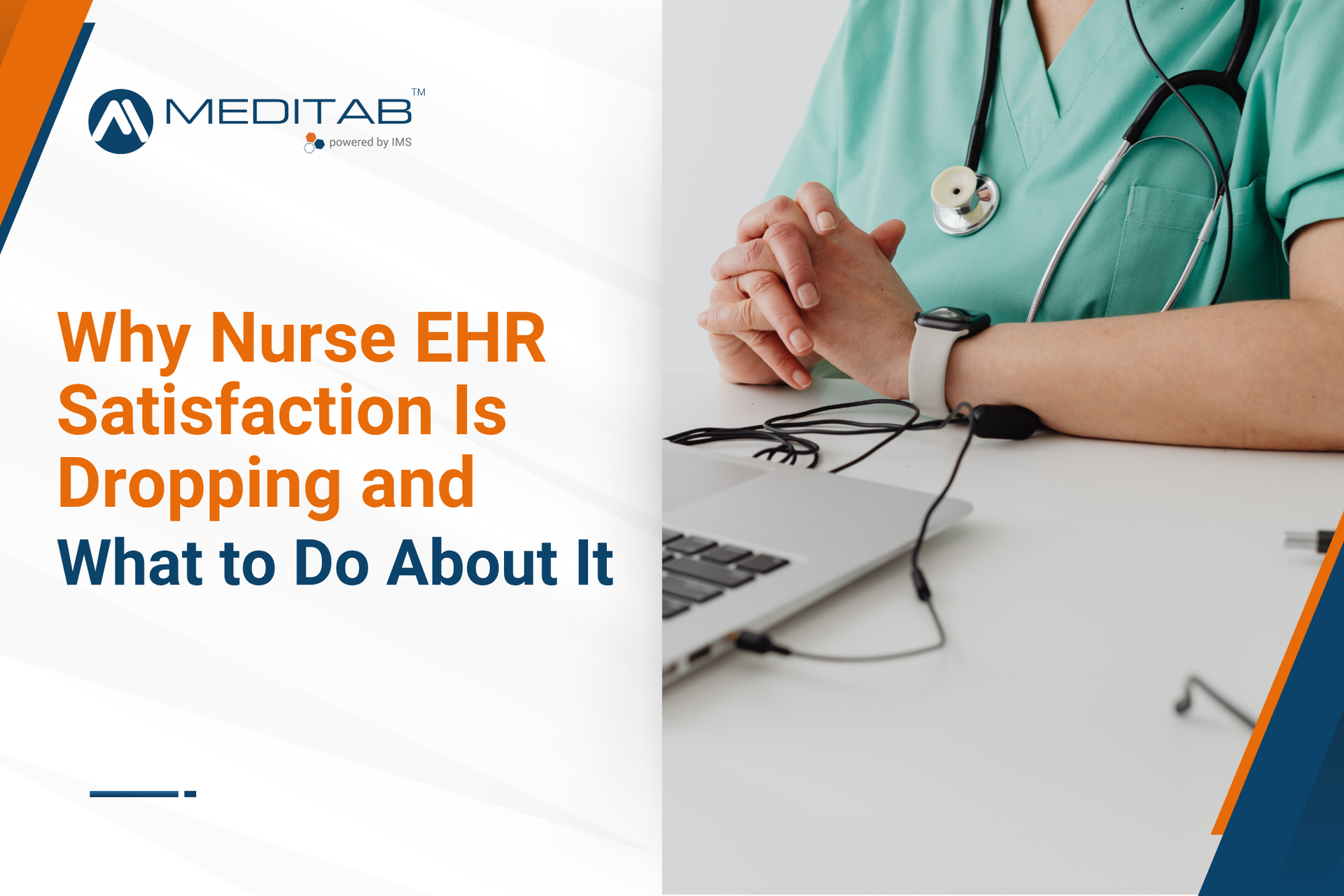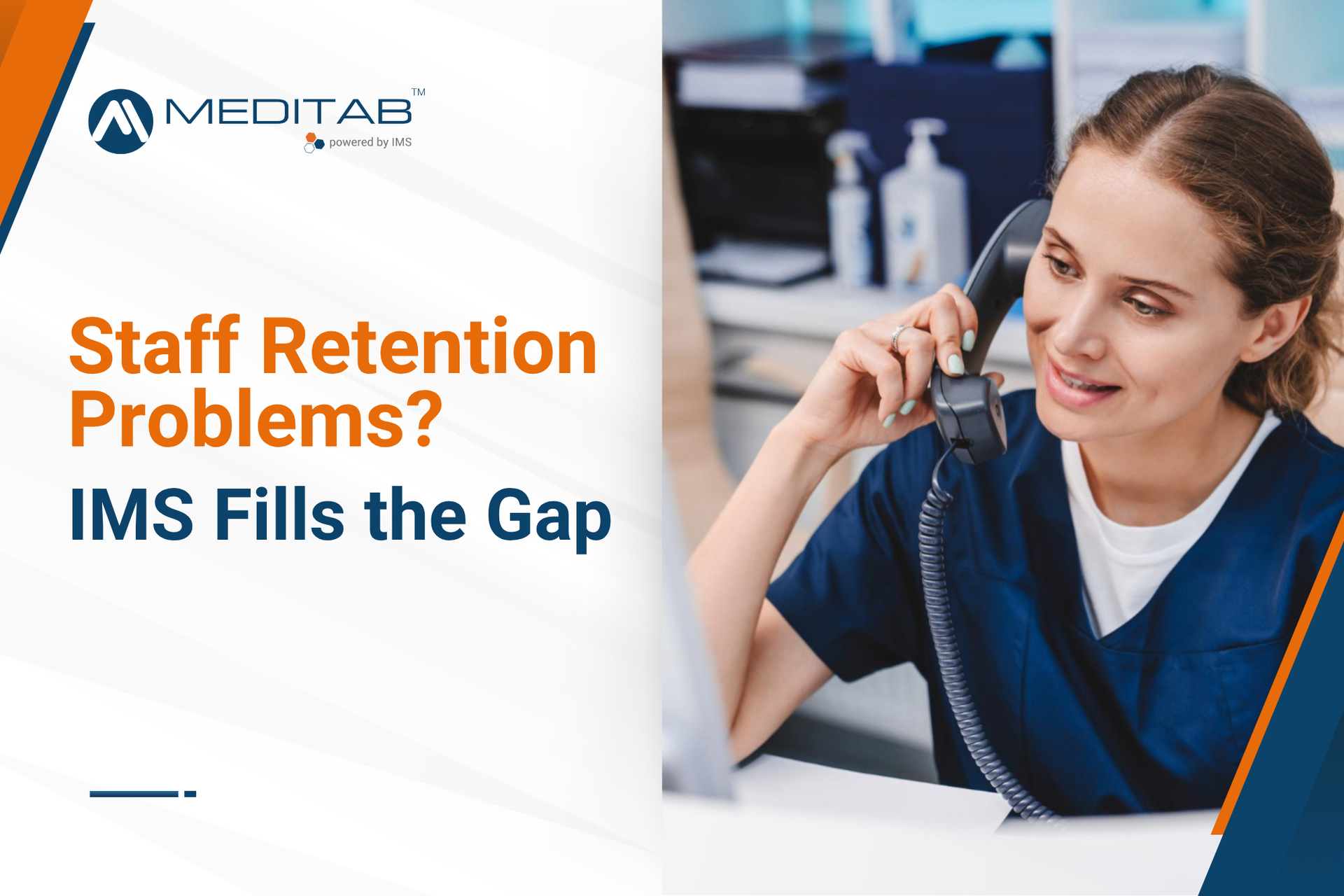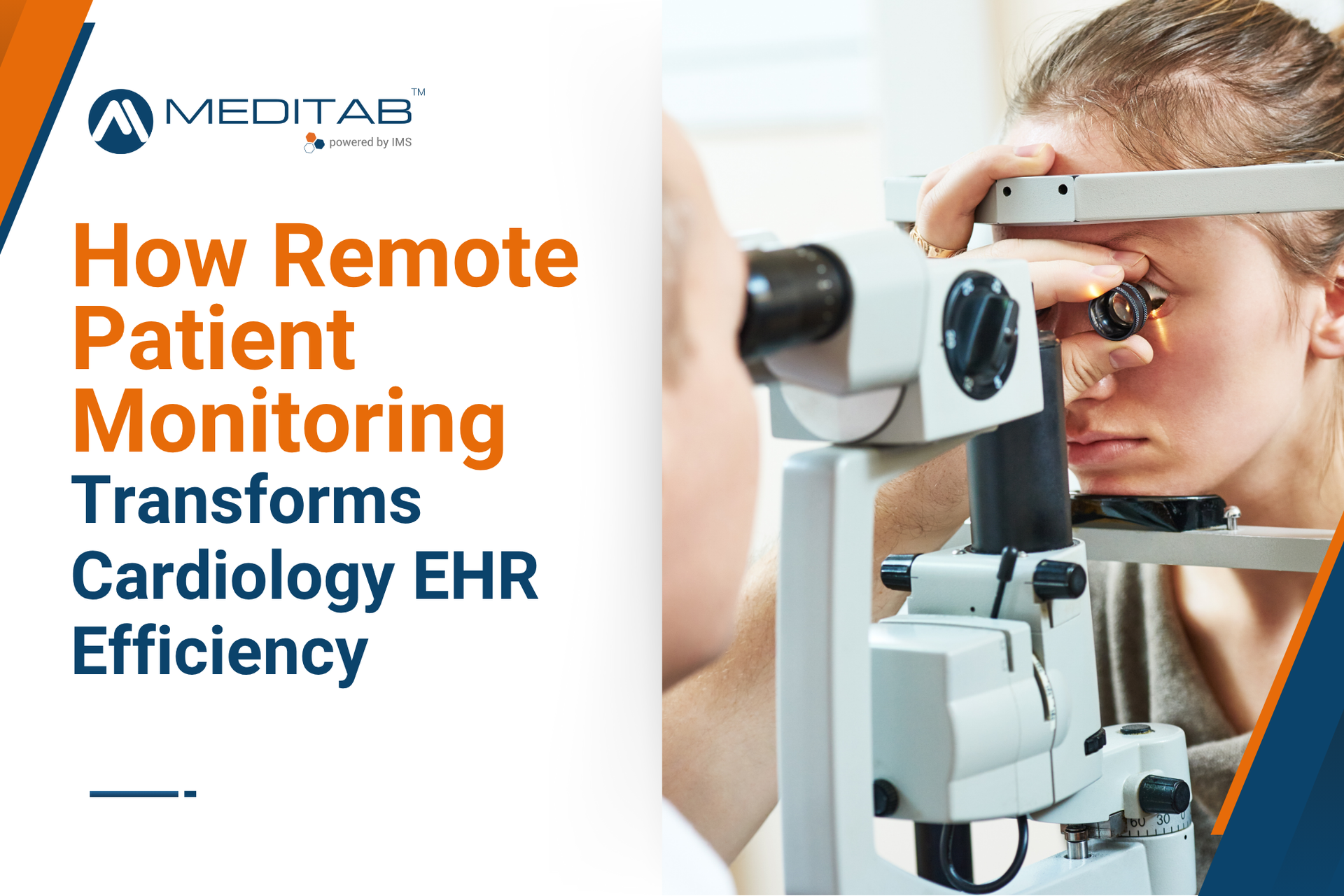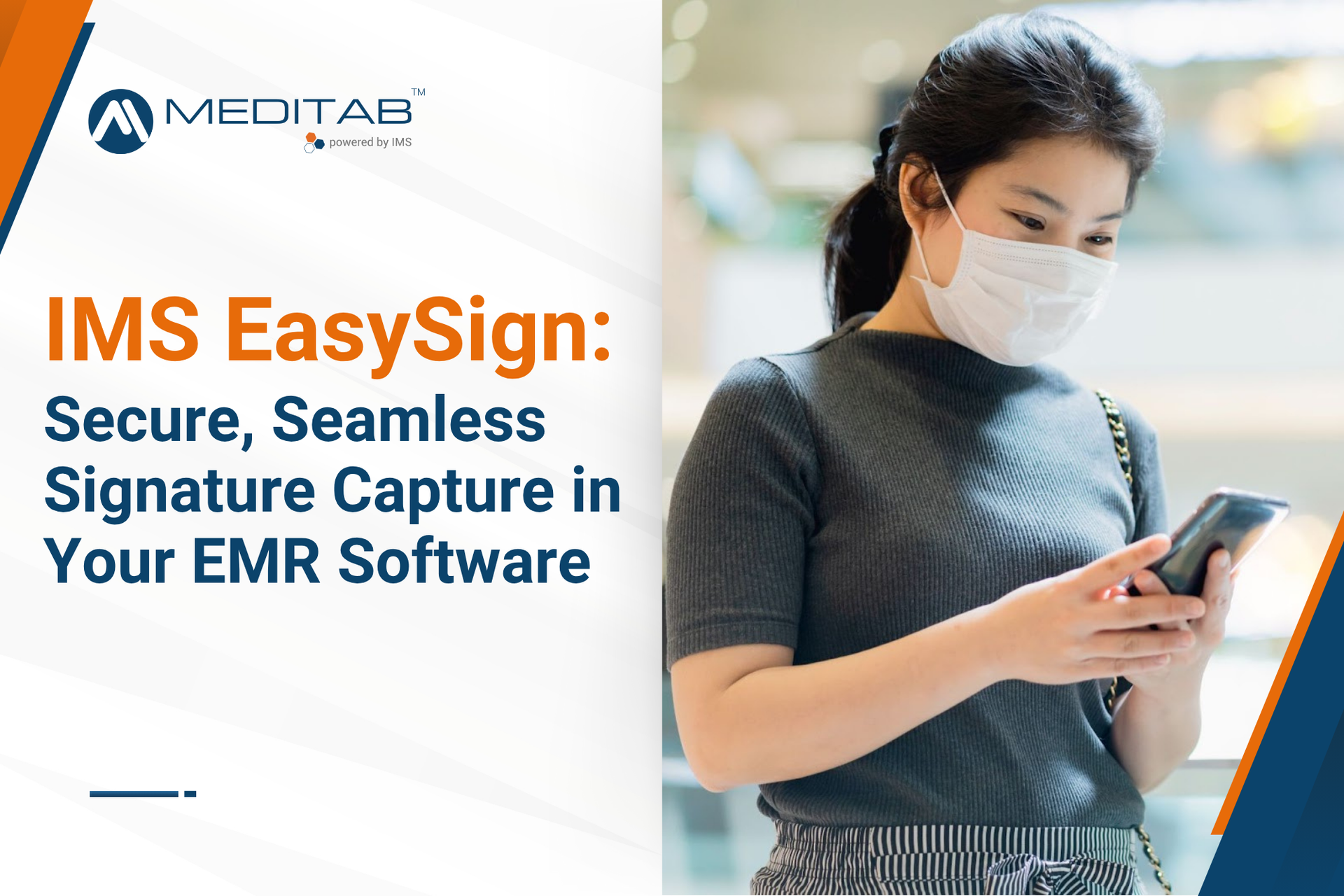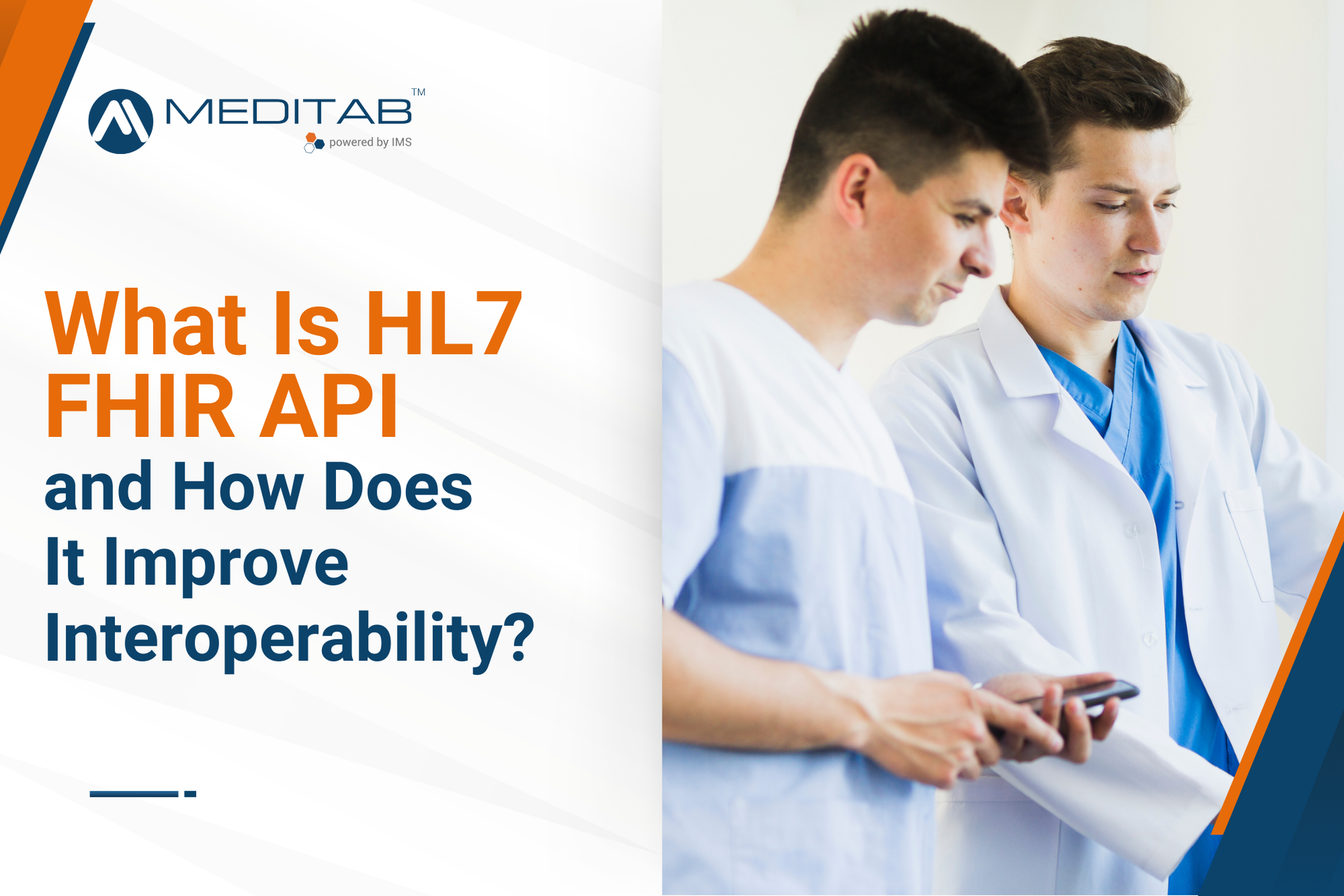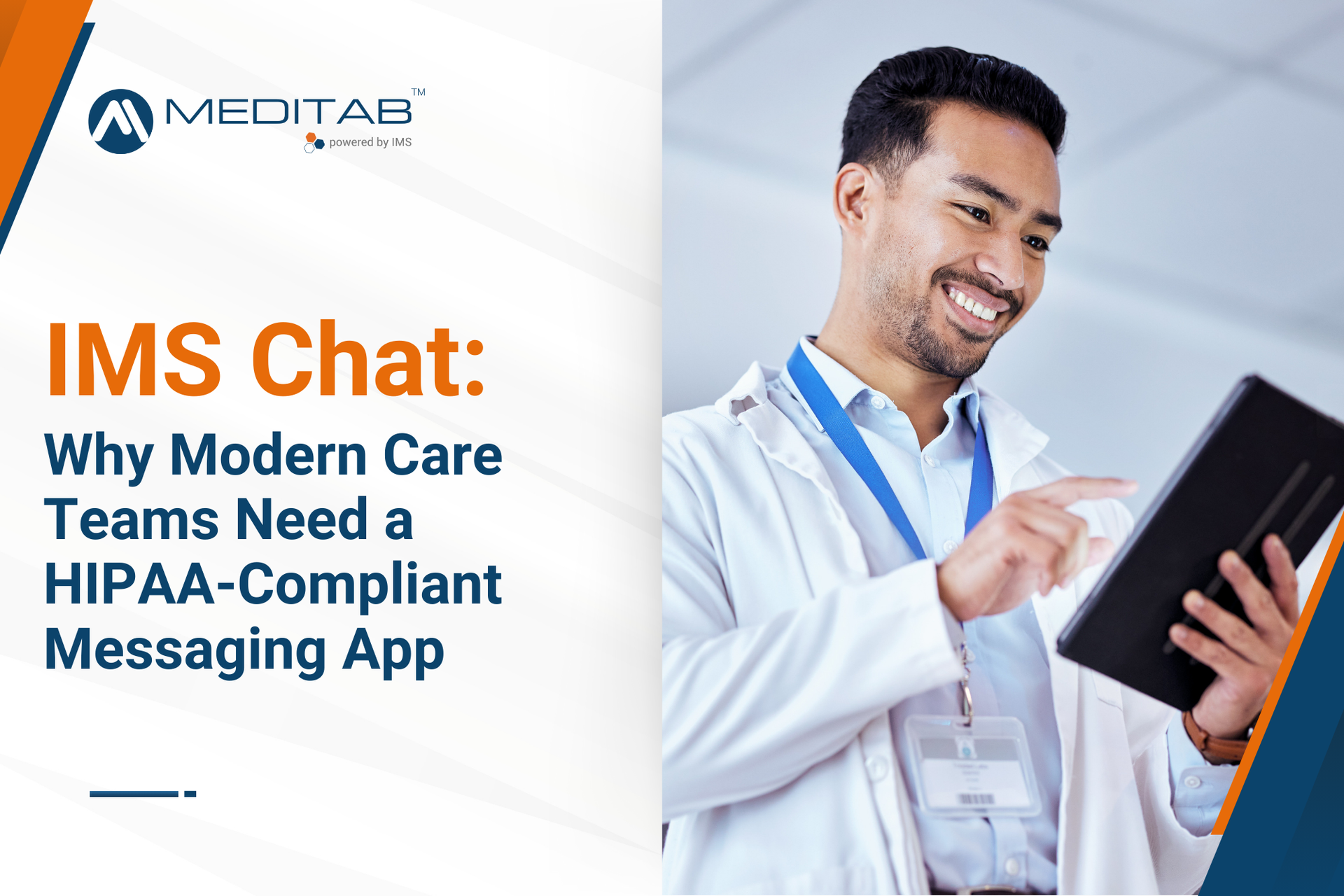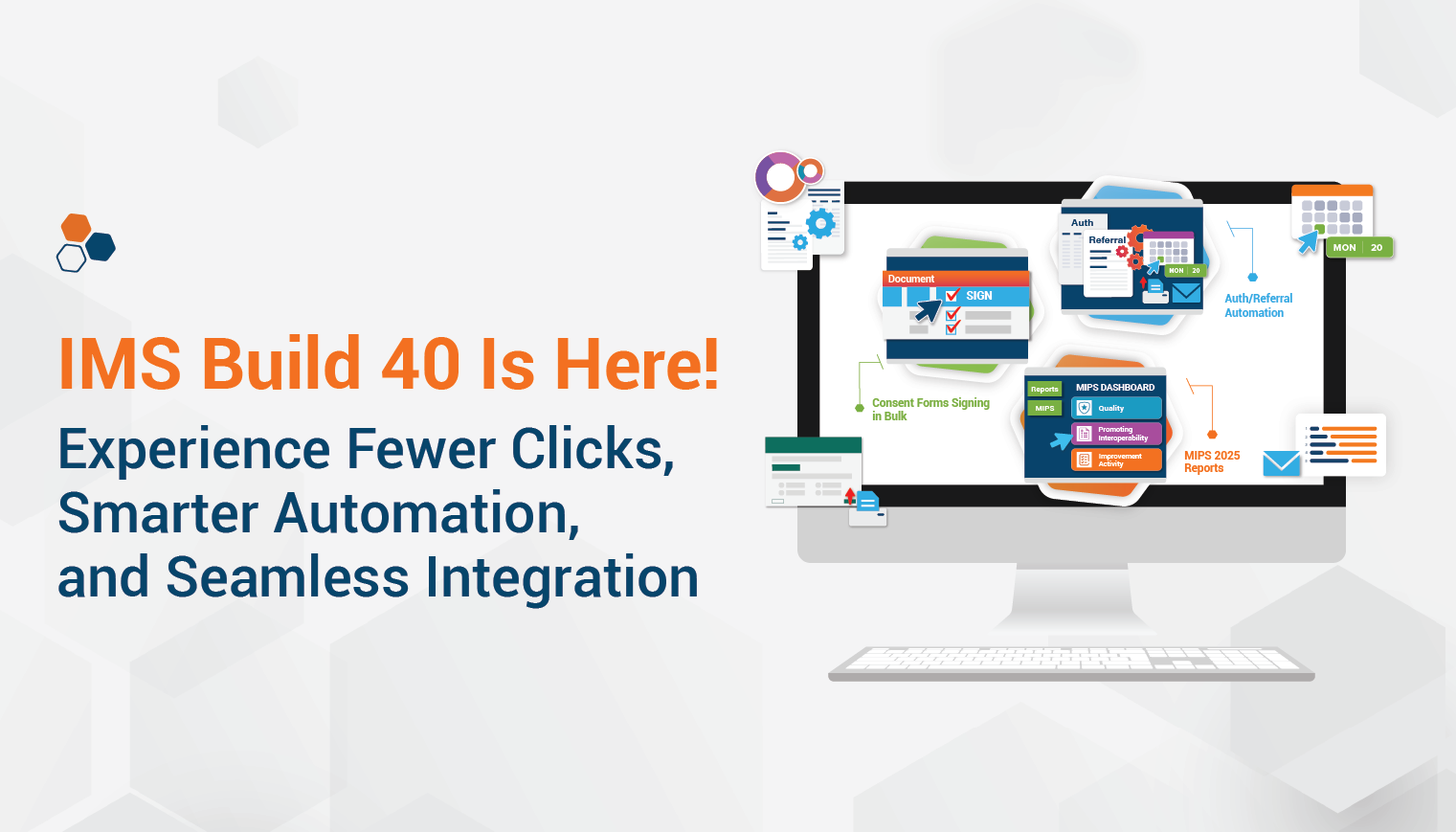The cardiology landscape is beating to a new rhythm. With heart disease remaining a leading health concern, the traditional model of episodic, in-person visits is no longer enough. Modern care demands continuous insight, and
remote patient monitoring (RPM) is the powerful pulse driving this change.
For cardiology practices, integrating this seamless flow of real-world patient data directly into their Electronic Health Record (EHR) system is the key to unlocking unprecedented efficiency and patient-centered care.
At Meditab, we’re pioneering this integration, bringing together our specialized
Cardiology EHR with the robust RPM capabilities of Clinii to create a complete cardiac care ecosystem. Here’s everything you need to know about this seamless integration.
Modern Cardiology Needs Modern Tools
The Rising Need for Remote Patient Monitoring
Remote patient monitoring has moved from a niche innovation to a cornerstone of modern healthcare.
A recent study from the Journal of the American Heart Association found that remote health management programs significantly improved blood pressure monitoring and control.
It’s easy to see why specialists across the country are embracing the value of RPM, as it empowers them to extend their reach beyond the clinic walls and manage chronic conditions with a proactive, data-driven approach.
For patients, this means more control over their health, fewer disruptive trips to the clinic, and the peace of mind that comes with continuous oversight. For providers, it unlocks a stream of real-time data, enabling early detection of complications and unifying clinical workflows for maximum efficiency.
Why Is RPM a Game-Changer for Cardiology?
Cardiology and RPM are a perfect match. Heart-related conditions like hypertension, heart failure, and arrhythmias require regular and consistent tracking of vital signs. RPM applies to the most vital clinical tasks in cardiology, including:
- Tracking blood pressure and heart rate trends
- Monitoring for arrhythmias via ECG patches
- Managing weight and symptoms for heart failure patients
- Overseeing recovery after procedures like stent placement or surgery
The Result
In cardiology, patient monitoring through remote EHR features has reduced hospital readmissions, improved patient adherence to treatment plans, and ultimately, increased survival rates and quality of life.
Clinii + Meditab Cardiology EHR: The Benefits for Cardiology Practices
Most generic EHRs don't come with a cardiology module right out of the box, let alone a working RPM functionality. Meditab's Cardiology EHR integrates with Clinii, a comprehensive RPM platform that connects patients to their care teams through easy-to-use devices. This EHR integration benefits cardiology practices by creating a powerful feedback loop that transforms remote patient management. Here’s a quick video overview:
4 Key Meditab-Clinii Integration Features
With Clinii integrated into Meditab’s IMS, you unlock powerful features for your cardiology clinic, including:
- Automatic Data Syncing: Patient-generated health data from blood pressure cuffs, weight scales, and ECG devices syncs automatically with their EHR chart, eliminating manual entry.
- Real-Time Vitals Dashboard:
View trends and current vitals directly within the patient record for instant context during consultations.
- Intelligent Alerts & Notifications: Care teams receive automated alerts for readings that fall outside pre-set parameters, enabling immediate intervention.
- Telehealth & Engagement Tools: Built-in messaging and video capabilities enable continuous communication through every care journey, boosting patient engagement.
What It Means for Your Cardiology Practice
Access to Clinii’s full suite of care management tools—through your Meditab EHR—means you no longer have to constantly switch between programs to facilitate remote clinical management for your patients. While this almost doubles productivity, the entire system entails more operational benefits, such as:
- Enhanced Clinical Efficiency: Automate data collection and reduce the need for phone calls to chase down patient numbers. Your staff can focus on high-value tasks.
- Data-Driven Decision Making: Make treatment decisions based on a complete picture of the patient’s health, not just a snapshot from a clinic visit.
- Superior Patient Engagement: Patients become active participants in their care, leading to higher compliance and satisfaction.
- Remote Patient Monitoring Reimbursement: RPM programs are supported by CMS and many insurers, creating a new revenue stream while improving care.
A Glimpse into the Future: Predictive Analytics in Cardiac Care
The future of cardiology RPM is intelligent. We’re moving towards AI-driven analytics that can predict exacerbations before they happen, and deeper integration with a wider array of wearable devices. Meditab is committed to leading this charge, ensuring our cardiology partners have the tools they need not just for today, but for long-term success.
Ready to Future-Proof Your Cardiology Practice?
Remote patient monitoring is challenging what’s possible in cardiology. With Meditab’s Cardiology EHR and Clinii’s robust RPM tools, you’re more than ready to stay ahead of the curve in cardiac care. Boost practice efficiency, improve patient outcomes, and future-proof your services—all without the extra steps and costs.
Cardiology continues to evolve, and so must the tools that bridge the gap between care and the patients that need it. Get everything you need to lead every breakthrough in your specialty. See the future of cardiac care in action.
Never Miss a Single Detail, Save More Lives
Frequently Asked Questions (FAQs)
What is remote patient monitoring (RPM), and how does it help cardiology practices?
Remote patient monitoring (RPM) uses connected medical devices to collect and transmit patient health data from outside the clinic. For cardiology, it enables continuous tracking of critical vitals like heart rate, blood pressure, and ECG readings, allowing for early intervention and personalized care management.
How does Clinii integrate with Meditab’s Cardiology EHR?
Clinii seamlessly integrates with Meditab’s EHR by automatically syncing real-time patient health data directly into the correct patient chart. This eliminates manual data entry, ensures accuracy, and provides cardiologists with a holistic, up-to-date view of the patient’s health.
What types of cardiac conditions benefit most from RPM?
Conditions like hypertension (high blood pressure), congestive heart failure (CHF), atrial fibrillation (AFib), and patients recovering from cardiac events or surgeries see tremendous benefit from continuous monitoring and early intervention.
Can cardiology practices get reimbursed for using remote patient monitoring?
Yes. CMS and many private insurers provide reimbursement for RPM services for patients with chronic conditions, making it both a clinically and financially smart investment for practices.
Is remote patient monitoring secure and HIPAA-compliant?
Absolutely. Both Meditab and Clinii prioritize data security. Our integration is built on HIPAA-compliant frameworks with advanced encryption to ensure all patient data remains private and secure.



